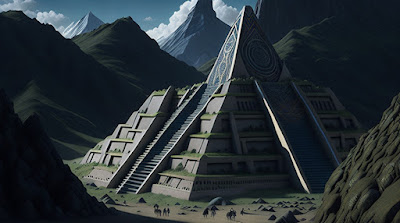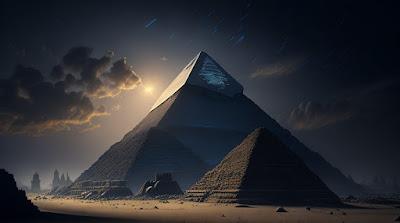The Chavn Civilization An Andean Region Cultural and Spiritual Legacies

The Chavín civilization was a major pre-Columbian culture that flourished in the Andean region of South America between 900 and 200 BCE. It is considered to be the first major civilization in the Andes, and its influence extended to other cultures throughout the region. The Chavín people were located in the Mosna Valley, where the Mosna and Huachecsa rivers merge. Their capital was the city of Chavín de Huántar, which is located in the modern-day department of Ancash, Peru. The Chavín people were skilled artisans and engineers. They built impressive stone temples, such as the one at Chavín de Huántar, and they developed irrigation systems to help them farm the land. They were also skilled metallurgists, and they produced some of the earliest gold and silver artifacts in the Andes. The Chavín people had a complex religious system that was based on the worship of a jaguar-like deity. This deity was often depicted in Chavín art, and it was believed to be the creator of the world. The Chav...







